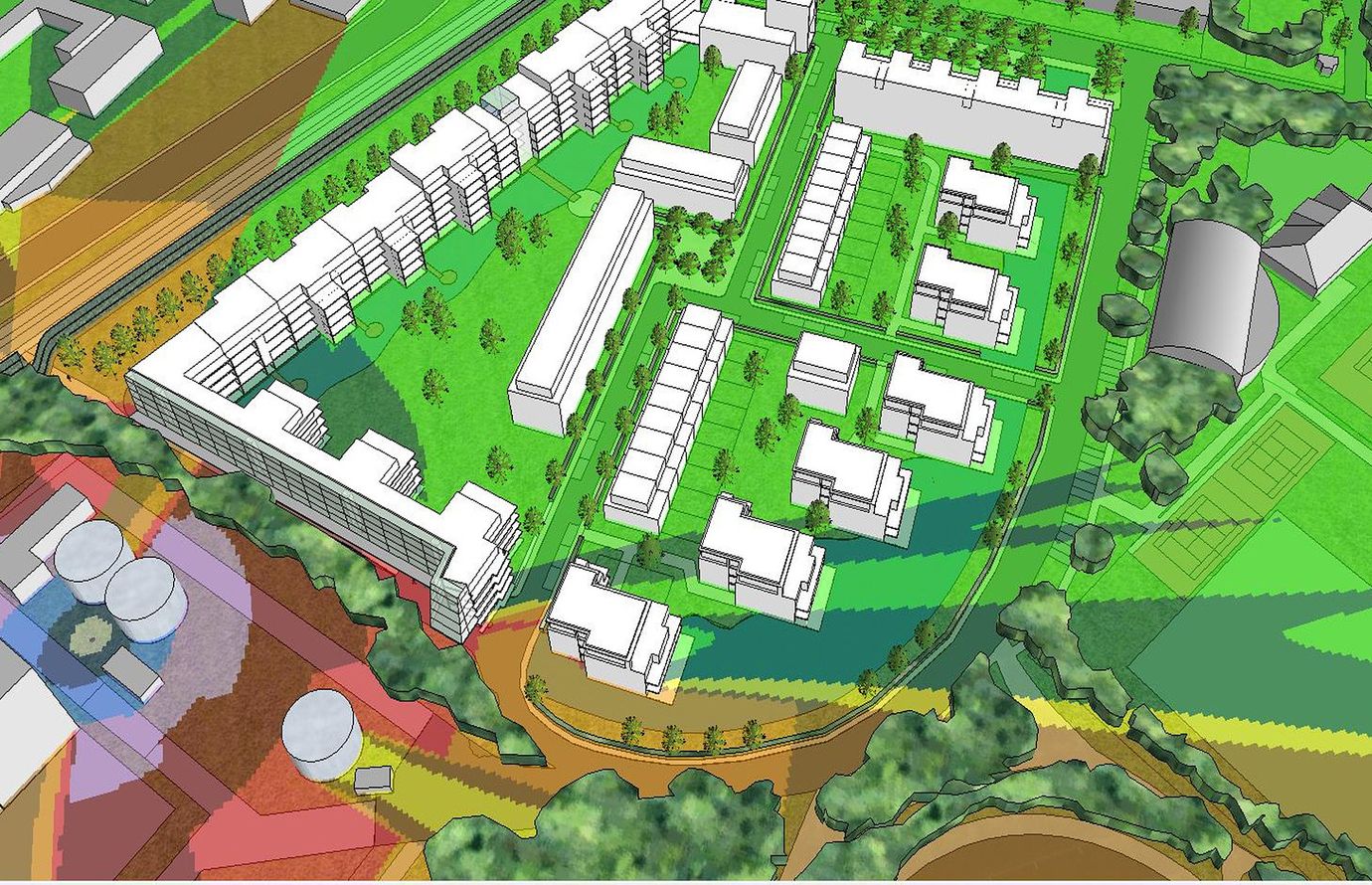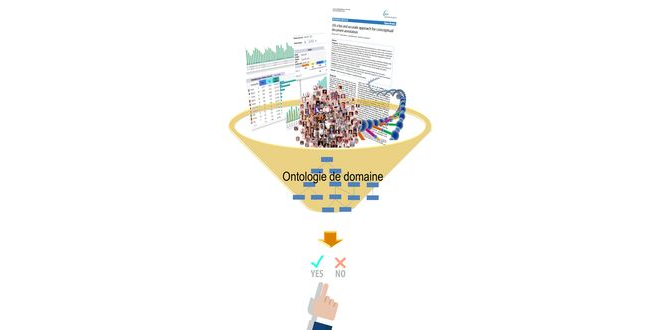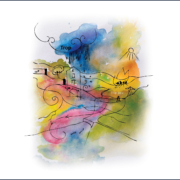Planning for the worst with artificial intelligence
Given that catastrophic events are rare by nature, it is difficult to prepare for them. However, artificial intelligence offers high-performing tools for modeling and simulation, and is therefore an excellent tool to design, test and optimize the response to such events. At IMT Mines Alès, Satya Lancel and Cyril Orengo are both undertaking research on emergency evacuations, in case of events like a dam breaking or a terrorist attack in a supermarket.
“Supermarkets are highly complex environments in which individuals are saturated with information,” explains Satya Lancel, PhD student in Risk Science at Université Montpellier III and IMT Mines Alès. Her thesis, which she started over two years ago, is on the subject of affordance, a psychological concept that states that an object or element in the environment is able to suggest its own use. With this research, she wishes to study the link between the cognitive processes involved in decision-making and the functionality of objects in their environment.
In her thesis, Lancel specifically focuses on affordance in the case of an armed attack within a supermarket. She investigates, for example, how to optimize instructions to encourage customers to head towards emergency evacuation exits. “The results of my research could act as a foundation for future research and be used by supermarket brands to improve signage or staff training, in order to improve evacuation procedures”, she explains.
Lancel and her team obtained funding from the brand U to perform their experiments. This agreement allowed them to study the situational and cognitive factors involved in customer decision-making in several U stores. “One thing we did in the first part of my research plan was to observe customer behavior when we added or removed flashing lights at the emergency exits,” she describes. “We remarked that when there was active signage, customers are more likely to decide to head towards the emergency exits than when there was not,” says the scientist. This result suggests that signage has a certain level of importance in guiding people’s decision-making, even if they do not know the evacuation procedure in advance.
“Given that it is forbidden to perform simulations of armed attacks with real people, we opted for a multi-agent digital simulation”, explains Lancel. What is unique about this kind of simulation is that each agent involved is conceptualized as an autonomous entity with its own characteristics and behavioral model. In these simulations, the agents interact and influence each other with their behavior. “These models are now used more and more in risk science, as they are proving to be extremely useful for analyzing group behavior,” she declares.
To develop this simulation, Lancel collaborated with Vincent Chapurlat, digital systems modeling researcher at IMT Mines Alès. “The model we designed is a three-dimensional representation of the supermarket we are working on,” she indicates. In the simulation, aisles are represented by parallepipeds, while customers and staff are represented by agents defined by points. By observing how agents gather and how the clusters they form move around, interact and organize themselves, it is possible to determine which group behaviors are most common in the event of an armed attack, no matter the characteristics of the individuals.
Representing the complexity of reality
Outside of supermarkets, Cyril Orengo, PhD student in Crisis Management at the Risk Science Laboratory at IMT Mines Alès, is studying population evacuation in the event of dam failure. The case study chosen by Orengo is the Sainte-Cécile-d’Andorge dam, near the city of Alès. Based on digital modeling of the Alès urban area and individuals, he plans to compare evacuation time for a range of scenarios and perform cartography of various city roads that are likely to be blocked. “One of the aims of this work is to build a knowledge base that could be used in the future by researchers working on preventive evacuations,” indicates the doctoral student.
He, too, has chosen to use a multi-agent system to simulate evacuations, as this method makes it possible to combine individual parameters with agents to produce situations that tend to be close to a credible reality. “Among the variables selected in my model are certain socio-economic characteristics of the simulated population,” he specifies. “In a real-life situation, an elderly person may take longer to go somewhere than a young person: the multi-agent system makes it possible to reproduce this,” explains the researcher.
To generate a credible simulation, “you first need to understand the preventive evacuation process,” underlines Orengo, specifying the need “to identify the actors involved, such as citizens and groups, as well as the infrastructure, such as buildings and traffic routes, in order to produce a model to act as a foundation to develop the digital simulation”. As part of his work, the PhD student analyzed INSEE databases to try and reproduce the socioeconomic characteristics of the Alès population. Orengo used a specialized platform for building agent simulations to create his own. “This platform allows researchers without computer programming training to create models, controlling various parameters that they define themselves,” explains the doctoral student. One of the limitations of this kind of simulation is computing power, which means only a certain number of variables can be taken into account. According to Orengo, his model still needs many improvements. These include “integrating individual vehicles, public transport, decision-making processes relating to risk management and more detailed reproduction of human behaviors”, he specifies. For Lancel, virtual reality could be an important addition, increasing participants’ immersion in the study, “By placing a participant in a virtual crowd, researchers could observe how they react to certain agents and their environment, which would allow them to refine their research,” she concludes.
Rémy Fauvel













Leave a Reply
Want to join the discussion?Feel free to contribute!